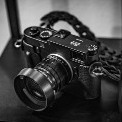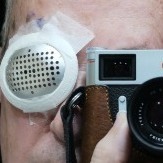M to L Adapter, What are you using?
-
Recently Browsing 0 members
- No registered users viewing this page.
-
Similar Content
-
- 97 replies
- 9,017 views
-
- 24 replies
- 707 views
-
- 44 replies
- 3,634 views
-
- 37 replies
- 1,725 views
-
Are you on the level? 1 2
By erl,
- 27 replies
- 873 views
-





Recommended Posts
Join the conversation
You can post now and register later. If you have an account, sign in now to post with your account.
Note: Your post will require moderator approval before it will be visible.